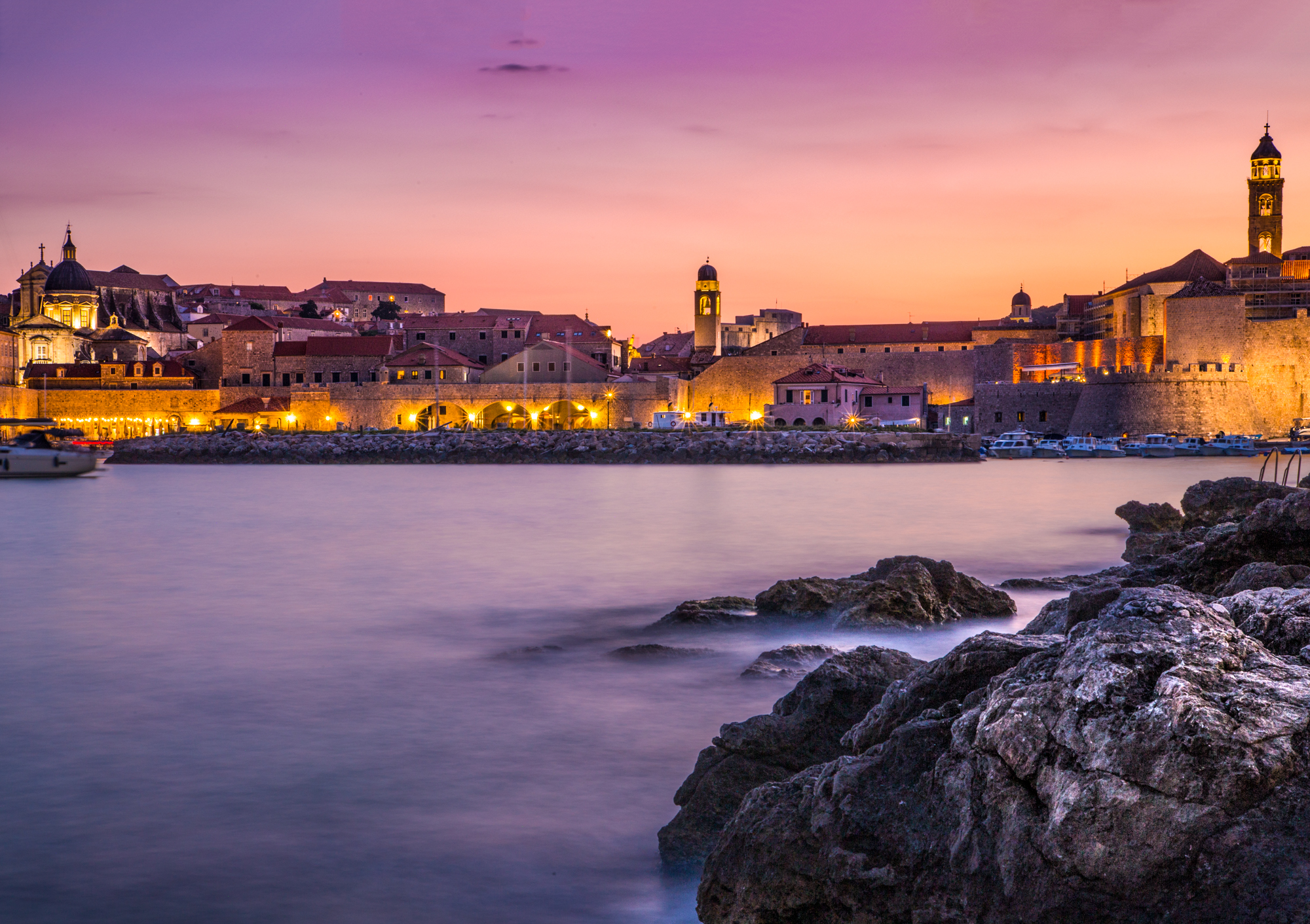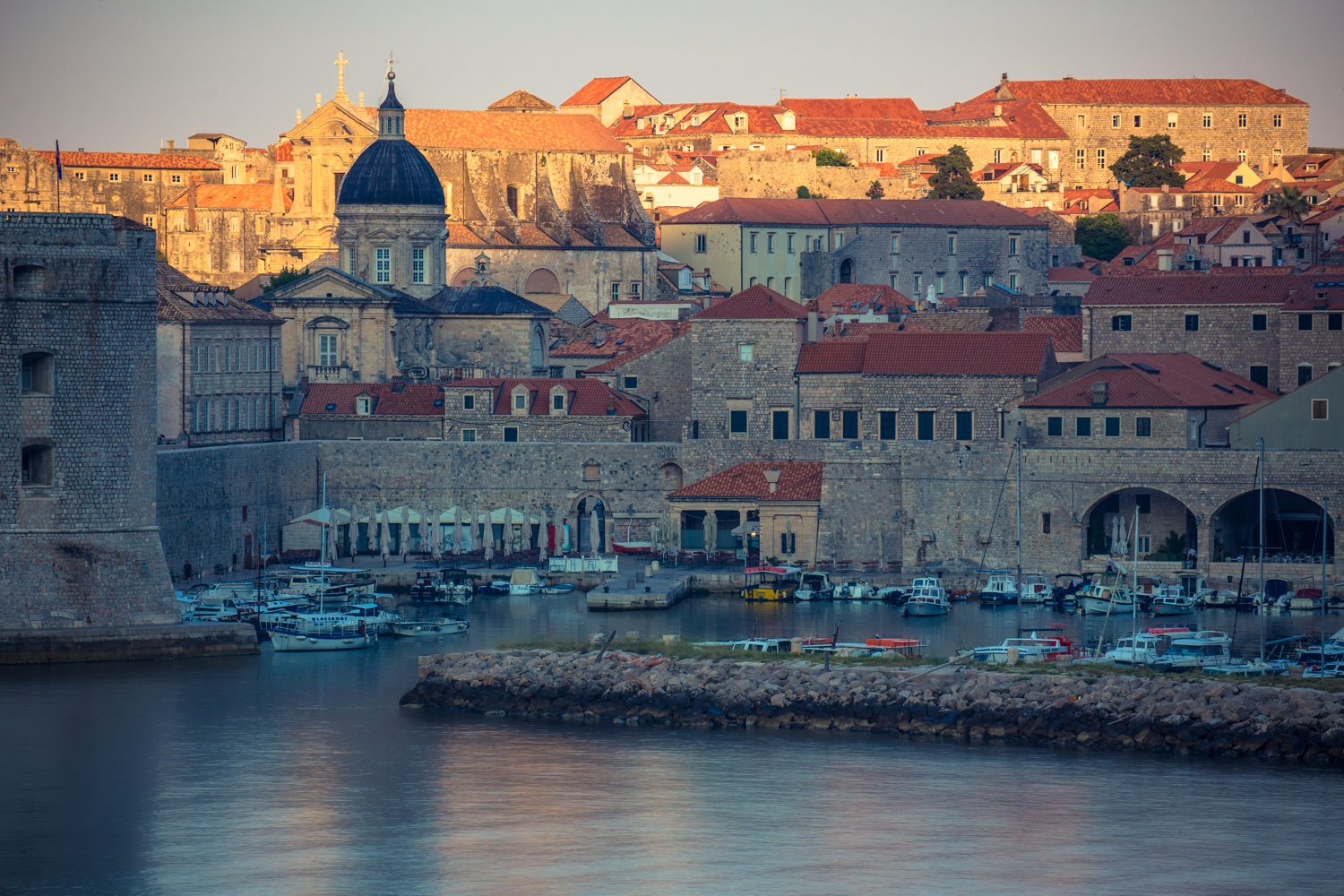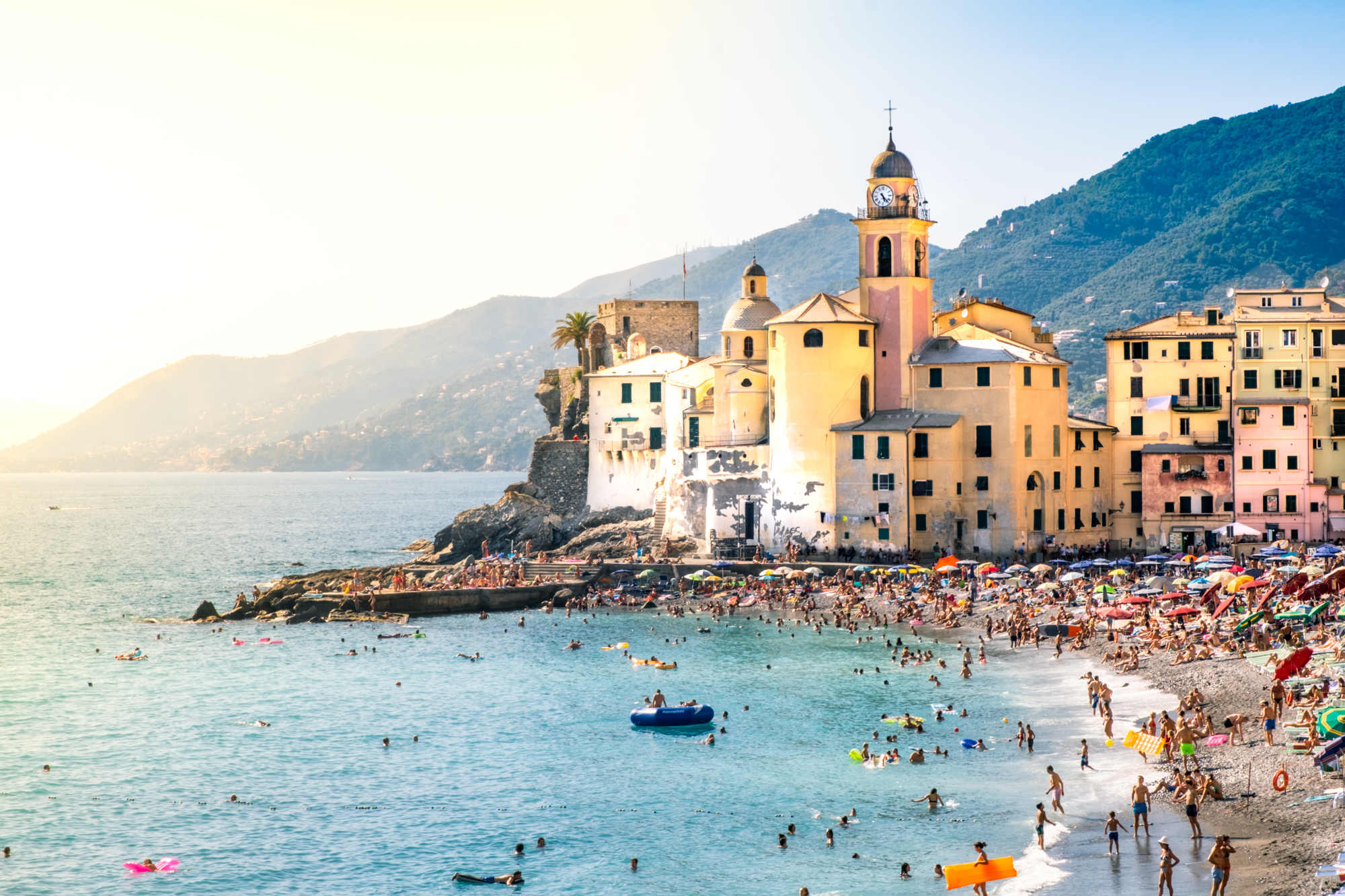
We are all intimately familiar with the Q word now. But the Q entered our vocabularies almost 500 years ago. The Black Death (Bubonic Plague) of the mid-14th Century is said to have wiped out almost 100 million humans off this planet of ours, reducing the world population by about 22 percent. It took Earth about 150-200 years to recover its population back to its previous levels.
The current modern theory surrounding the origins of the 14th century Black Death plague (referred to simply as the Plague below) refers to research from genetics and climate change. Back in 2010, a team of geneticists analysed the global sequence variation of the Plague bacterium and published their research in Nature-Genetics.

Based on this research, it is believed the Plague orginated near China or Kyrgyzstan in the early 14th century. Due to rising temperatures and the resulting drying up of grasslands, rodents that carried this bacterium began to flee these areas towards more populated regions, carrying the bacterium with them. Fleas would feast on these rodents’ blood and transfer the bacterium over to their human hosts.
From there, the Plague spread outwards via trade routes to India and South East Asia in one dirtection, and to present day Middle East and Europe through the Silk Route. It is supposed to have killed 25 million people in Asia before it even reached the borders of Europe in 1346. “India was depopulated, Mesopotamia, Syria, Armenia were covered with dead bodies”.

Genoese traders seemed to be the link between the spread of the disease from Asia to Europe. Parts of Greece and Sicily were hit, but the major influx of the disease into Europe happened when the traders introduced it to Liguria and Venice. From there it traveled into France and Spain, and then Northern Europe.
The Plague was terrifyingly efficient and highly contagious. “Instantaneous death occurs when the aerial spirit escaping from the eyes of the sick man strikes the healthy person standing near and looking at the sick.” No one knew what was going on, and how to combat it. So how did it finally disappear?

The city-states of Venice and Ragusa (present-day Dubrovnik) were economically thriving regions and centers of trade in the mid-14th century when the Plague hit Europe, and were naturally very worried about the impacts from the disease. Dubrovnik (Ragusa) took the first recorded step towards isolation by defining a trentine – a 30 day waiting period for anyone or anything arriving from outside. Special chambers, known as Lazarettos, were constructed for this isolation. Called The Lazareti, Dubrovnik has them well preserved till today as a concert and festival venue, right above Banje beach.

The Venetians started the process on some of the islands around Venice – Lazzaretto Vecchio and San Larazzo. In practice, the trentine turned out to be a little too short given the gestation and recovery periods of the Plague, so the Venetians decreed that the period of isolation be extended to 40 days, or the quarantena. That duration of 40 days for an isolatory period remained the de-facto through the middle ages and all the way through the 20th century, when it started getting customized based on the disease. The word, quarantine, though, has stuck with us till today



